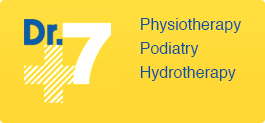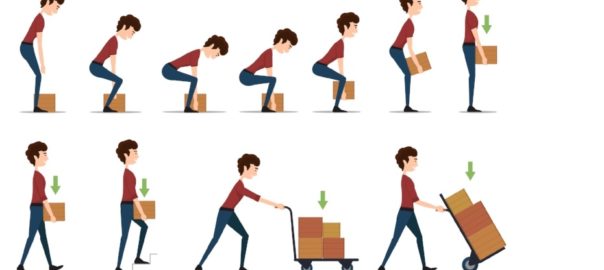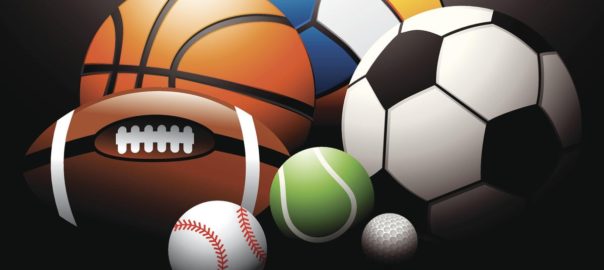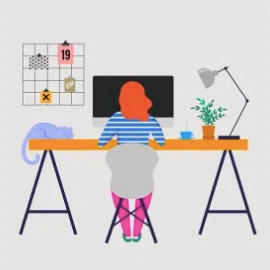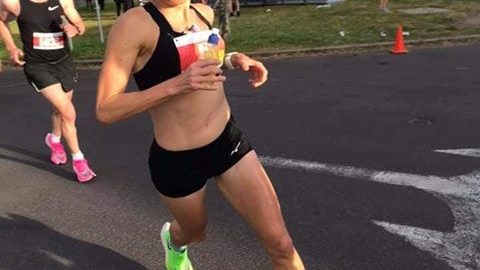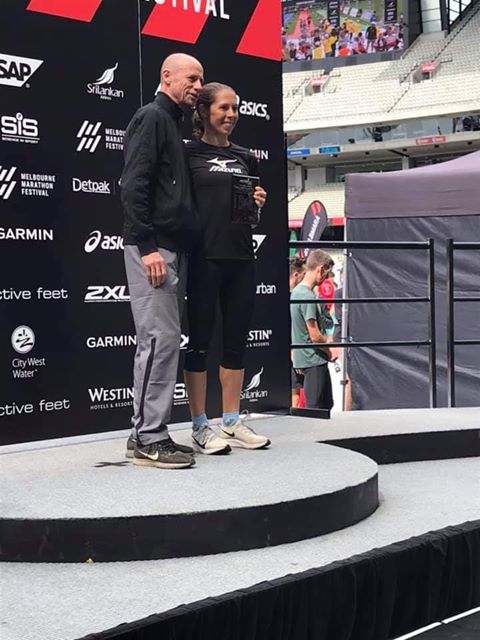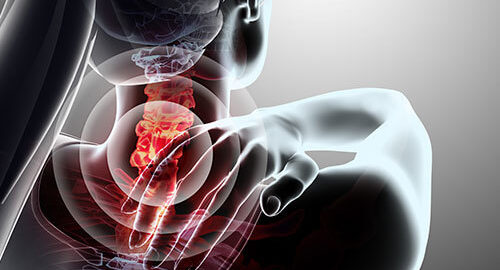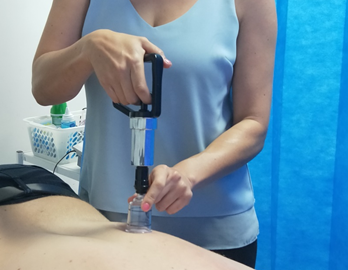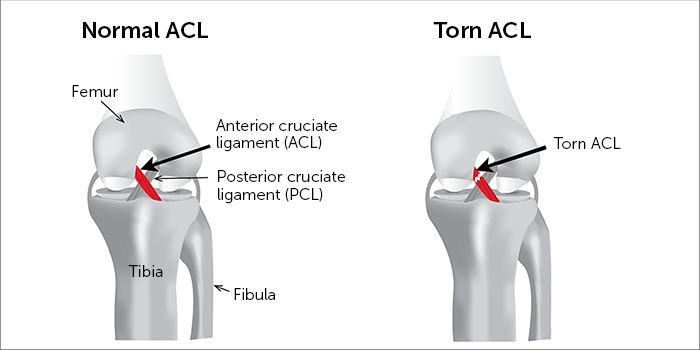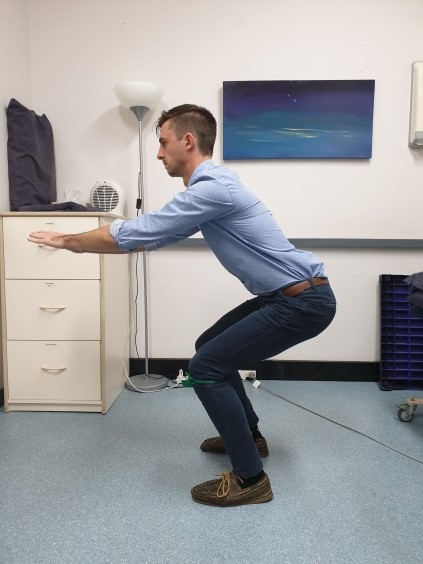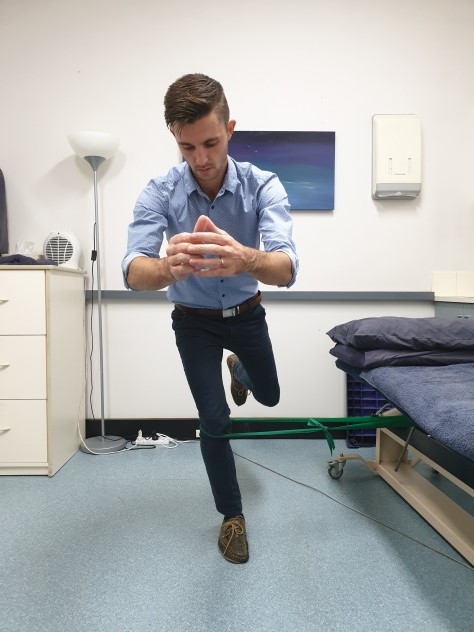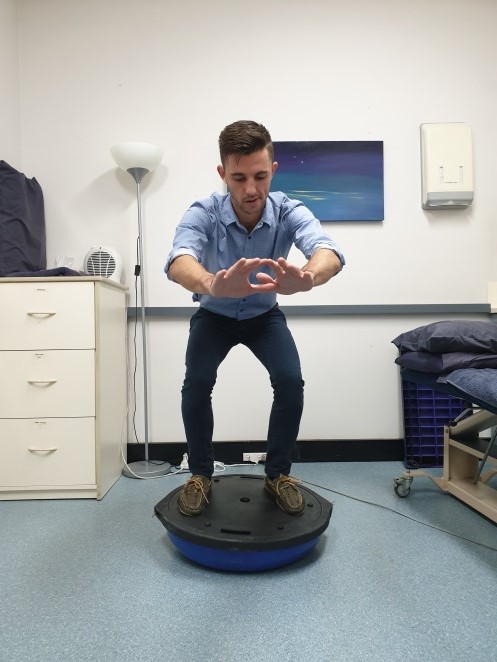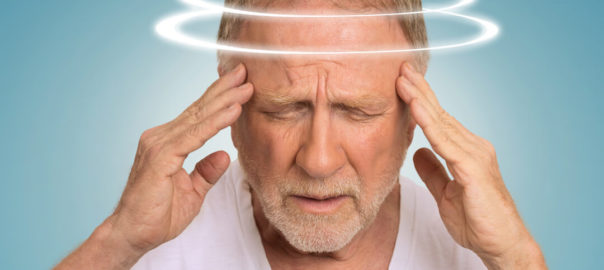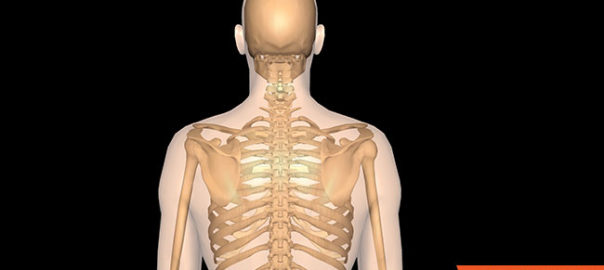Low back injuries are a common injury seen by physiotherapists, often caused by repetitive poor safe lifting techniques, but there are some simple steps you can take to keep your back protected.
-
Use your legs, not your back!
Your back muscles (called extensors) are actually quite small muscles when compared to your thigh muscles or buttock muscles. When your knees are straight and you hinge from your hips and pelvis to lean forwards and pick something up your low back muscles are taking the force and pressure. When you are standing up straight there are ~100 millimeters of mercury(mm) of pressure on your back, when you lift with bent knees there is ~350mm of pressure on your back, however, when you hinge at your hips and keep your knees straight there is an extra 100mm of pressure on your back. If this pattern is repeated continuously it can lead to injury to muscles, tendons, or even the discs or nerves of your low back.
The safest way to lift objects is to bend your knees with your hips should be pushed out behind you.
-
Keep a neutral spine
It is common for people to bend their knees, push their hips out behind them, but then curve their back to reach down. Unfortunately, this is putting similar pressure on the spine as mentioned above. When picking objects off the ground or lifting in general it is important to keep the spine in a neutral position; this means that the spine is inline, the ribs or low back are not curved or arched. In this position there is even pressure on all the tissues of the spine, reducing any risk of tissue injury such as disc bulges.
-
Knees in line with toes
When squatting down low for an object on the ground it is best practice to keep your heels on the ground, this allows you to activate your hamstrings, calves, and buttock muscles, which as mentioned above are part of the large muscles groups that can provide the most strength in assisting you to lift an object. Also, when you lift your heels off the ground and have all your weight on your forefeet, you increase the pressure to the inferior aspect of the knee cap and can cause inflammation of tissues inside the knee. Even with the heels on the ground, it is still safest for the knees to stay inline with the toes and not move any further forwards, again to prevent excess pressure on the tissues within the knee joint.
If you would like any further information or assessment of your lifting technique, please contact Dr7 physiotherapy and podiatry on 9349 1777.
